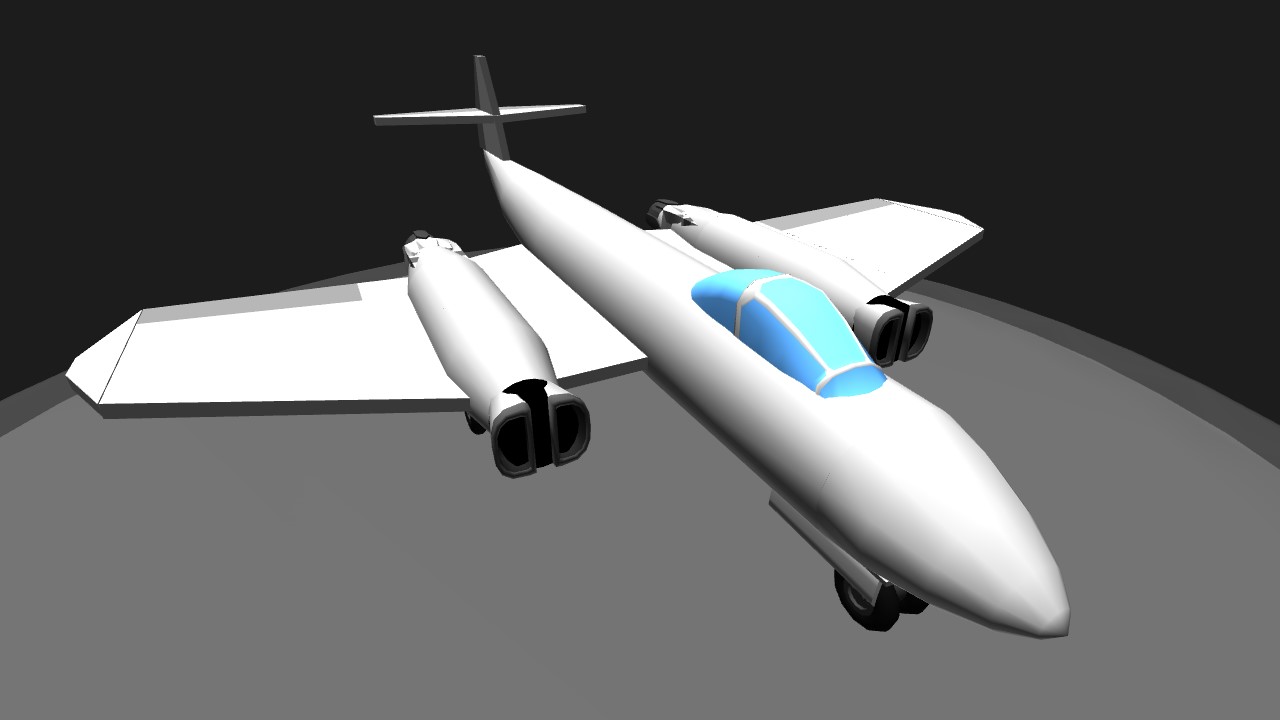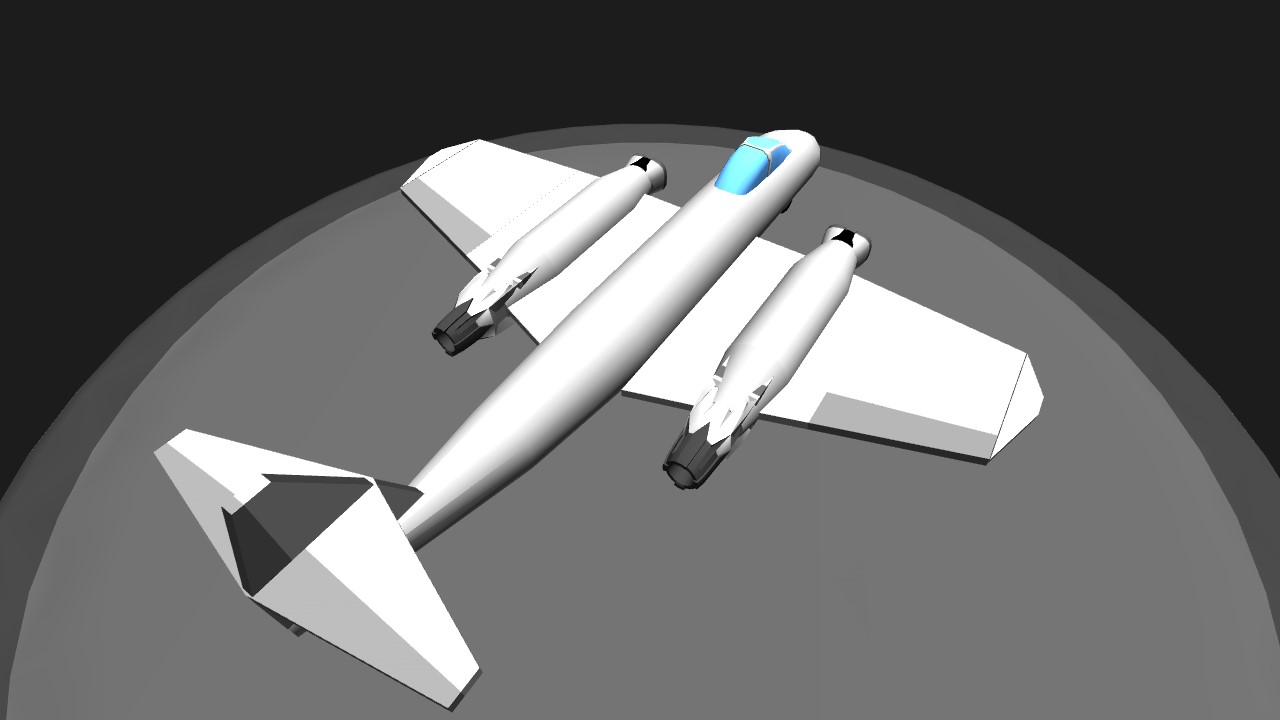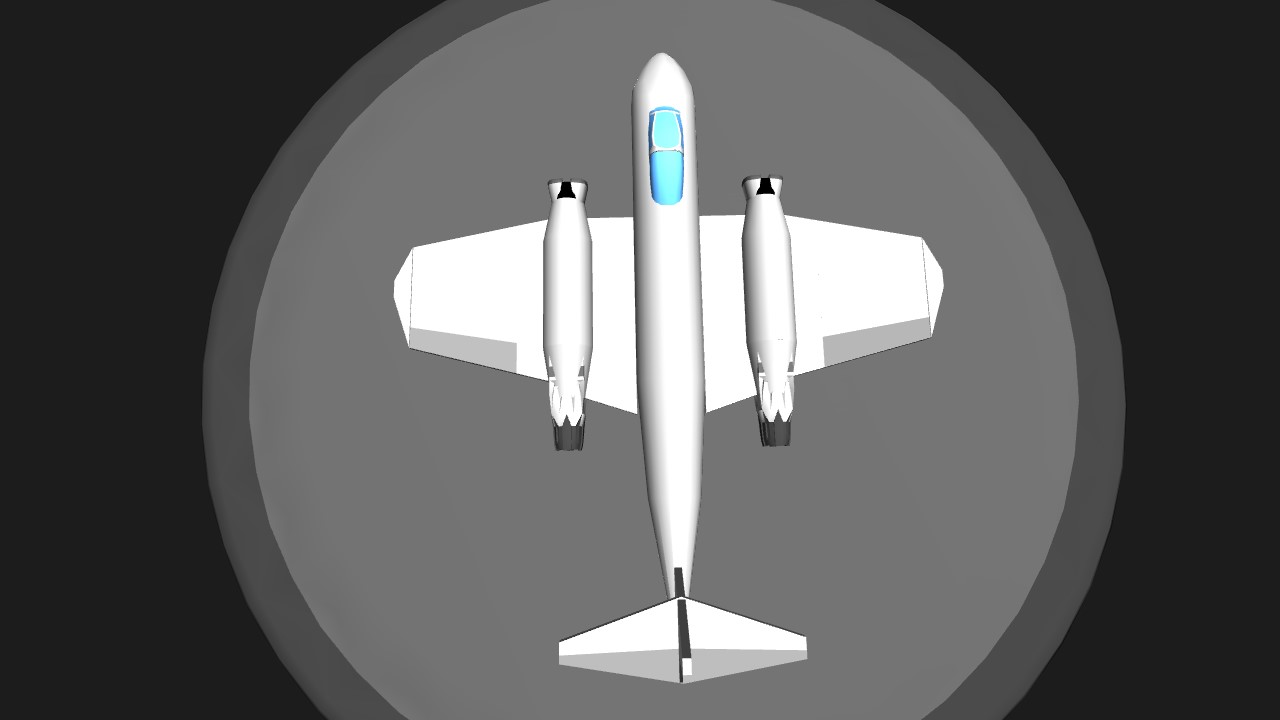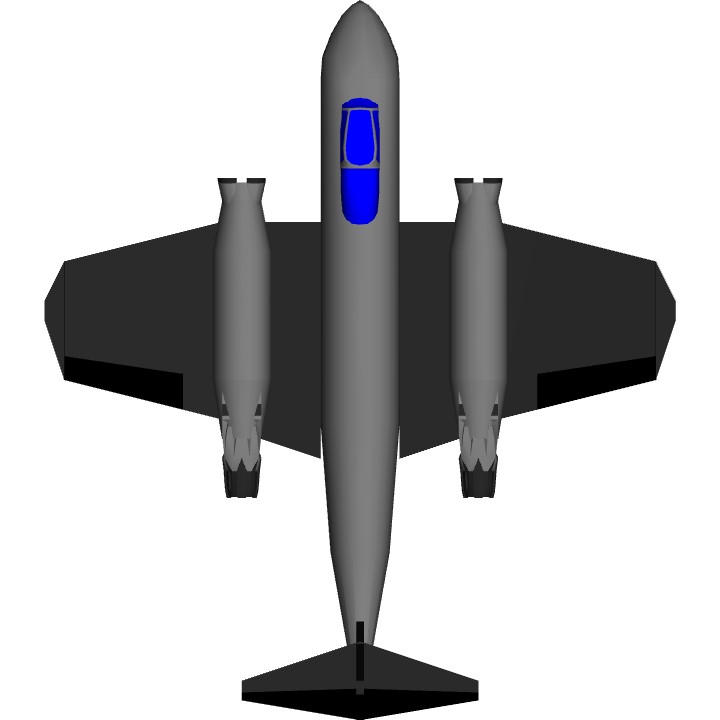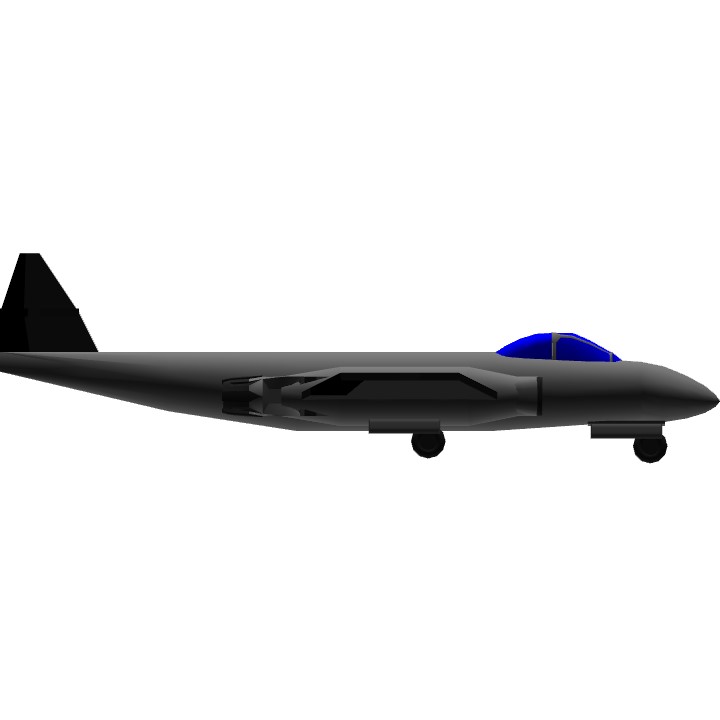The Gloster Meteor was the first British jet fighter and the Allies' only operational jet aircraft during the Second World War. The Meteor's development was heavily reliant on its ground-breaking turbojet engines, pioneered by Sir Frank Whittle and his company, Power Jets Ltd. Development of the aircraft itself began in 1940, although work on the engines had been under way since 1936. The Meteor first flew in 1943 and commenced operations on 27 July 1944 with No. 616 Squadron RAF. Nicknamed the "Meatbox", the Meteor was not a sophisticated aircraft in its aerodynamics, but proved to be a successful combat fighter.The Gloster Meteor F Mk.8 was the last and best day fighter version of the Meteor, and equipped the majority of home based RAF fighter squadrons in the early 1950s. The Meteor T Mk.7 two seat trainer had featured a longer nose, added to carry the second crewman, which was found to improved the directional stability of the Meteor. This longer nose was installed on late production F Mk.4s, but produced new problems of its own, causing unacceptably large changes in the centre of gravity as fuel or ammunition supplies were used up.
Specifications
General Characteristics
- Created On iOS
- Wingspan 26.0ft (7.9m)
- Length 29.9ft (9.1m)
- Height 8.6ft (2.6m)
- Empty Weight 5,963lbs (2,704kg)
- Loaded Weight 15,159lbs (6,876kg)
Performance
- Power/Weight Ratio 1.482
- Wing Loading 89.6lbs/ft2 (437.5kg/m2)
- Wing Area 169.2ft2 (15.7m2)
- Drag Points 2415
Parts
- Number of Parts 36
- Control Surfaces 6
- Performance Cost 215

